Dan Gilbert is a Harvard psychologist who has spent a lot of time thinking about and studying happiness. He is the author of Stumbling on Happiness. The New York Times Book Review wrote, “Gilbert’s elbow-in-the-ribs social-science humor is actually funny. … But underneath the goofball brilliance, [he] has a serious argument to make about why human beings are forever wrongly predicting what will make them happy.”
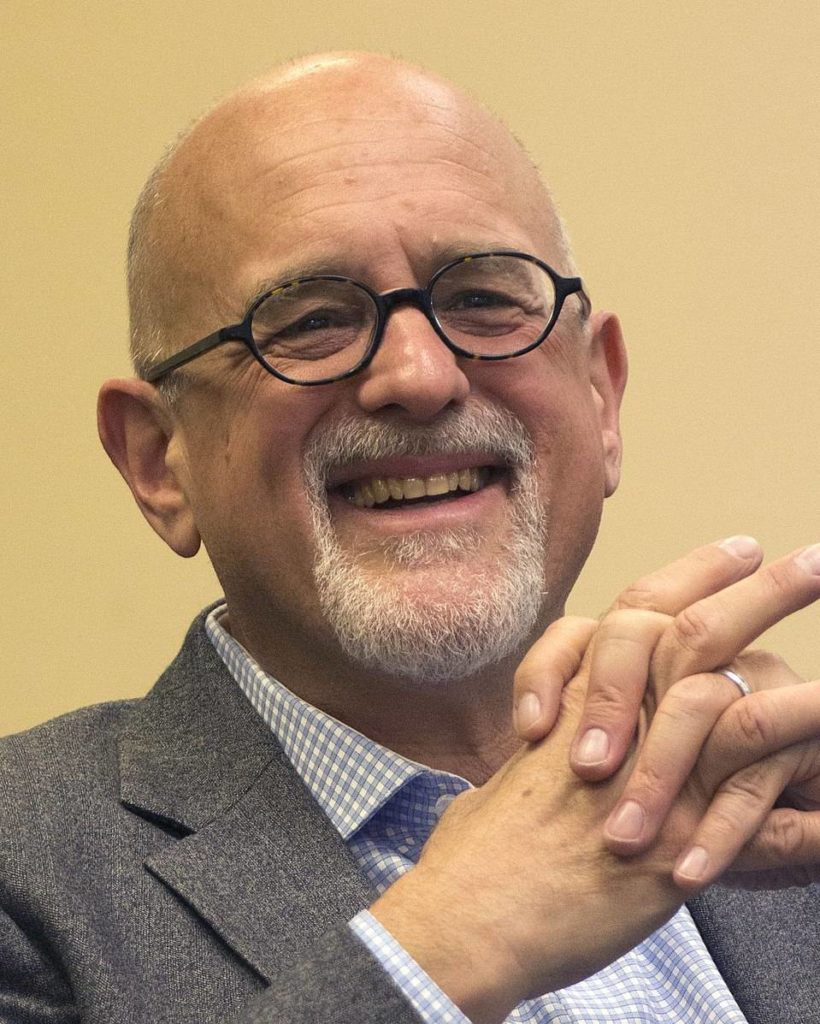
In his 2004 TED Talk, Gilbert shares fascinating insights into the surprising science of happiness. Below, I have selected some of the things that I liked as well as suggestions for improvement.
What I liked
Enthusiasm
Dan Gilbert has great enthusiasm for his subject. You hear it in his voice; you see it in the way he moves and gestures. That enthusiasm draws you in and keeps you interested in the subject. As John Wesley said, “Catch fire with enthusiasm and people will come from miles around to watch you burn.”
Humour
Gilbert shows that humour has its place even in a scientific or technical presentation. It lightens the mood, keeps the energy high and improves the attention and engagement of the audience.
A few examples:
- “When you have 21 minutes to speak, two million years seems like a really long time. But evolutionarily, two million years is nothing.” (0:11)
- “You’re watching happiness be synthesized. Would you like to see it again? Happiness! ‘The one I got is really better than I thought! That other one I didn’t get sucks!’ That’s the synthesis of happiness.” (10:50)
- “The psychological immune system works best when we are totally stuck, when we are trapped. This is the difference between dating and marriage. You go out on a date with a guy, and he picks his nose; you don’t go out on another date. You’re married to a guy and he picks his nose? He has a heart of gold. Don’t touch the fruitcake! You find a way to be happy with what’s happened.” (14:56)
Importantly, the humour is directly related to the topic at hand. And, Gilbert doesn’t tell jokes; rather, he looks for the underlying humour that exists in most any situation.
Rhetorical devices
A metaphor is a rhetorical device that compares two things (that are often not alike) by stating that one is the other. At 1:06 Gilbert uses a flight simulator as an excellent metaphor to explain the pre-frontal cortex (our “experience simulator”).
Metaphors are simple but powerful ways to explain something new to your audience. You link your idea to something with which the audience is already familiar and the new idea becomes easier to understand.
Anaphora is the repetition of a word or phrase at the beginning of successive sentences or clauses. Repetition adds rhythm and emotion to the words and makes them memorable.
At 20:30, Gilbert uses a couple of anaphoras that build nicely to his conclusion:
When our ambition is bounded, it leads us to work joyfully. When our ambition is unbounded, it leads us to lie, to cheat, to steal, to hurt others, to sacrifice things of real value. When our fears are bounded, we’re prudent, we’re cautious, we’re thoughtful. When our fears are unbounded and overblown, we’re reckless, and we’re cowardly.
Concreteness
Dan Gilbert uses concrete examples to explain his points. I particularly appreciated the detailed way in which he described the experiment with the Monet paintings (9:34), the experiment with the photography course (15:30) and the stories of the three men from the newspapers (Jim Wright, Moreese Bickham and Harry Langerman).
Being concrete by, among other things, using specific examples, is a good way to make your speech memorable.
Callback
At 9:15, Gilbert makes a reference to the talk by Buddhist Monk Matthieu Ricard who also spoke at the same event. It is a very subtle thing, but it shows good presence of mind on the part of Gilbert.
If you speak at an event and can reference a previous speaker, it’s a nice callback for the audience and shows that you are paying attention to others, and that you can think quickly enough to incorporate something into your talk that someone else has just said.
Suggestions
Pacing
For me, Gilbert paces back and forth too much. Perhaps it is his enthusiasm, or an attempt to connect with the different parts of the audience, or both. Regardless, I found it distracting at times. Movement is important and I wouldn’t want Gilbert to stand in one place for the whole talk; however, it would be nice to see him stand in one spot from time to time when making an important point. When you move on stage, move with purpose.
Speaking rate
As stated above, I love the enthusiasm with which Dan Gilbert speaks. But on several occasions, I thought that he could have slowed down a bit and paused to let us keep up with him. In fact, at one point, he is going so quickly that he misspeaks on an important point.
After nicely explaining a test that was done with a group of Harvard University students who were asked to choose one of two different photographs, Gilbert comes to the key finding on the issue of happiness. He states:
They don’t like their picture, and in fact even after the opportunity to swap has expired, they still don’t like their picture. Why? Because the irreversible condition is not conducive to the synthesis of happiness. [Emphasis added.]
Now, this statement will not make sense unless you watch the video. But when I heard it, I was confused. Everything that had been said before led me to believe the opposite. I puzzled about this for a moment and then I remembered that TED conveniently provides a transcript for many of its talks. So I checked. And this is what I found:
They don’t like their picture, and in fact even after the opportunity to swap has expired, they still don’t like their picture. Why? Because the [reversible] condition is not conducive to the synthesis of happiness. [Emphasis added.]
So I hadn’t missed anything. It was just that Gilbert misspoke. The TED transcript inserts the correct word in brackets. Now, of course, mistakes happen and nobody is perfect. But it is a good reminder of the importance of not speaking too quickly and of pausing at key moments.
Slides
Gilbert had some good slides, but he didn’t always display them as effectively as he could have.
On a couple of occasions, Dan Gilbert put up a slide too early; in other words, he put up a slide but continued to finish the previous thought. At other times, he left a slide up after he had moved on to the next point. Neither is ideal because it increases the chance of a disconnect between speaker and audience. You’re speaking about one thing and the audience is reading slides that say something else.
When showing slides, you want to click into a slide just as you begin to speak about it. When you have finished, don’t let the slide linger too long. If don’t have another slide to show for a while, then fade to black, either with your remote or by inserting a black slide in the deck.
Another way in which Gilbert could improve his slides would be to use animation to bring in points one by one. Many of the slides were dense.
Putting the entire slide up at once is a surefire way to get the audience reading. And the audience can read faster than you can speak, which means that they are going to get ahead of you. Using animations to bring in points one at a time ensures that you keep your audience with you.
The clearest example of this occurs around 7:50. Here Dan Gilbert reveals the “secret of happiness”. It is an extremely clever and funny twist that delights the audience. However, the four jokes are all displayed at once. So, when Gilbert gets to the final (and best) joke about never joining the Beatles, we have all read it. The impact is diluted.


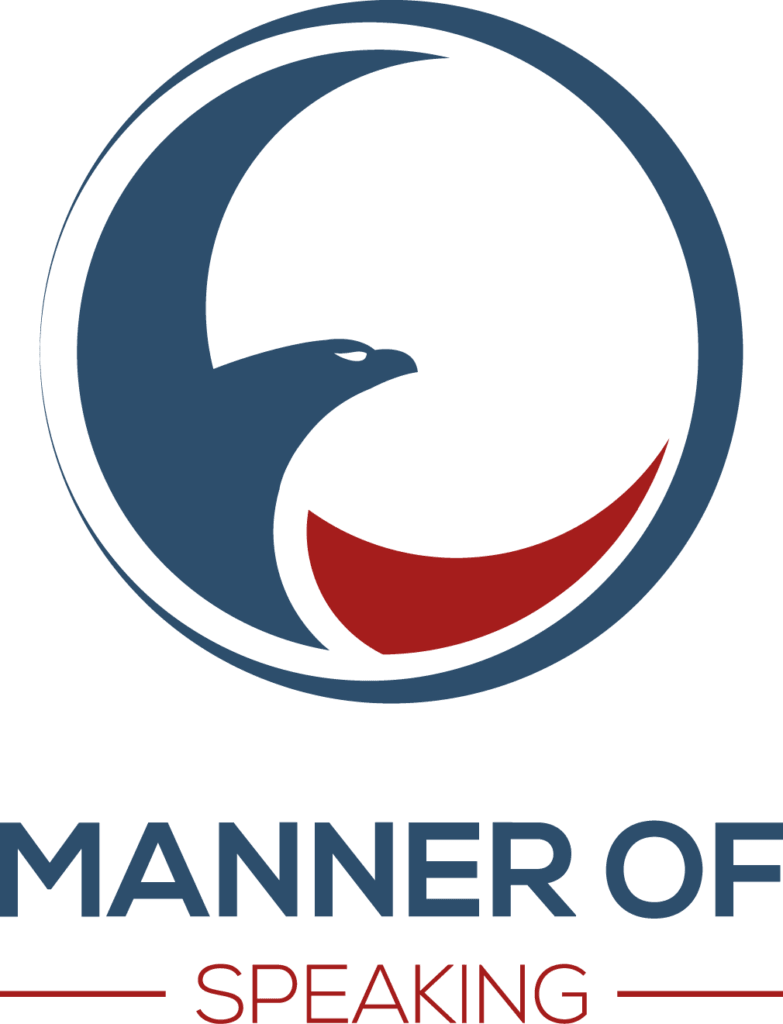




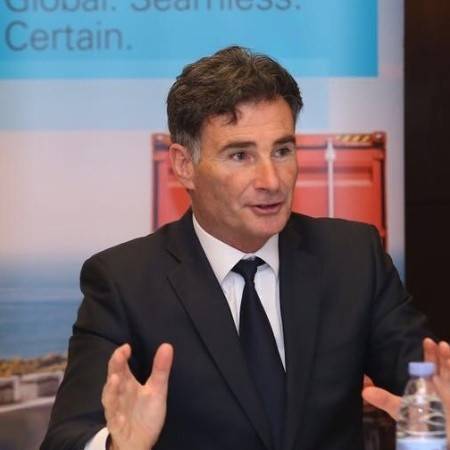


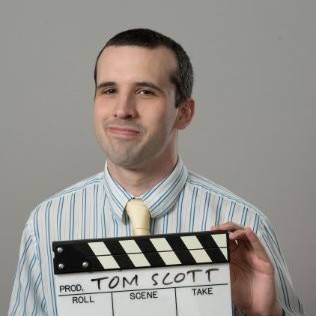
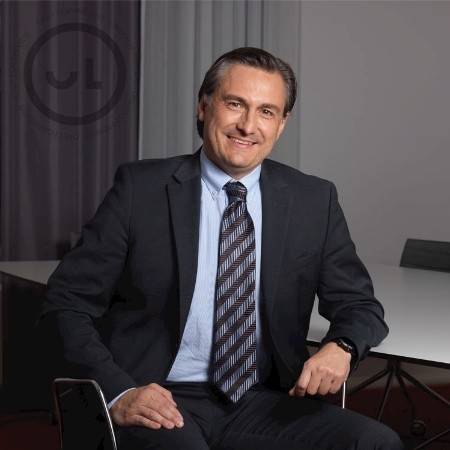
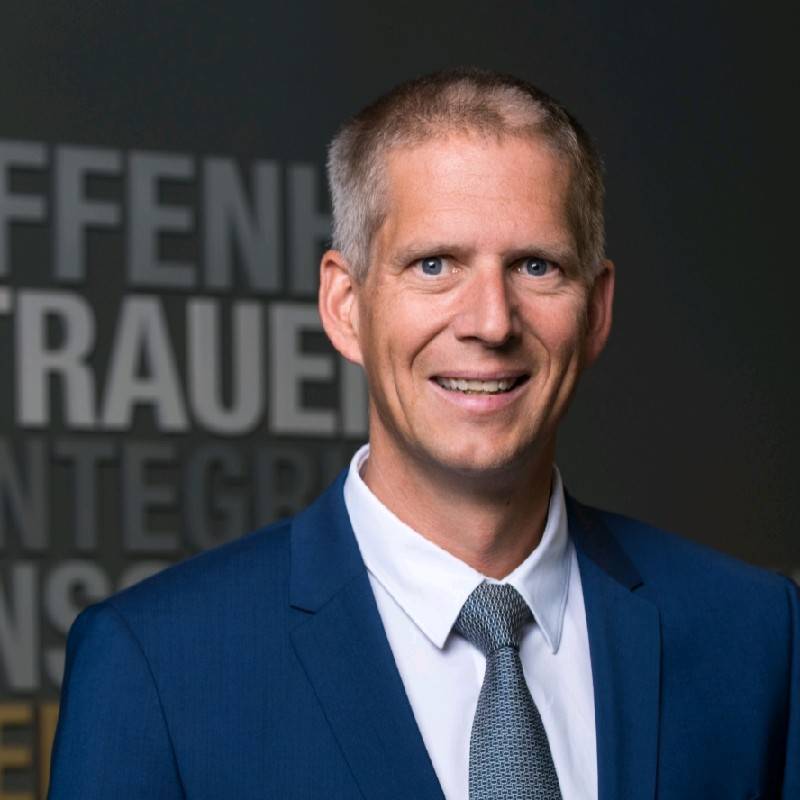

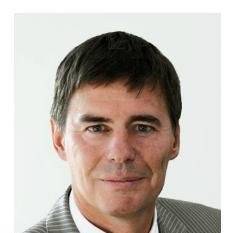
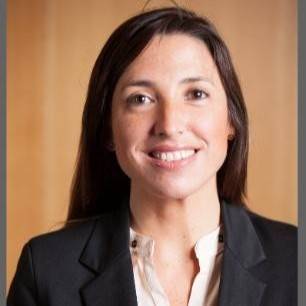
2 Replies to “Analysis of a speech by Dan Gilbert”
Thanks for the detailed analysis, John. I’d not seen this talk, and I found it fascinating.
A couple of things struck me about this talk. For me, the most striking was that he paces throughout, as you say. It fits with his style I suppose, but as you mentioned, it would’ve been good to see him “stand and deliver” when he came to a key point.
The other main thing that struck me was that the whole talk felt like it was rather rushed, as you did. He started by talking about how little time he had, saying “When you have 21 minutes to speak…”. (So in that case, sadly the word “you” was about himself.) And I felt he ended in a similarly rushed way, because to me his conclusion seemed to be just his last sentence.
All the same, I enjoyed the talk and your analysis of it, so I appreciate you sharing it.
Good points, Craig. The speech did feel rushed. I can imagine Gilbert cutting and cutting material until he reached a point where he could not stand to cut any more. I do think he could have shortened some of the stories. Having said that, his enthusiasm for the subject (and the subject itself) kept me interested to the end.